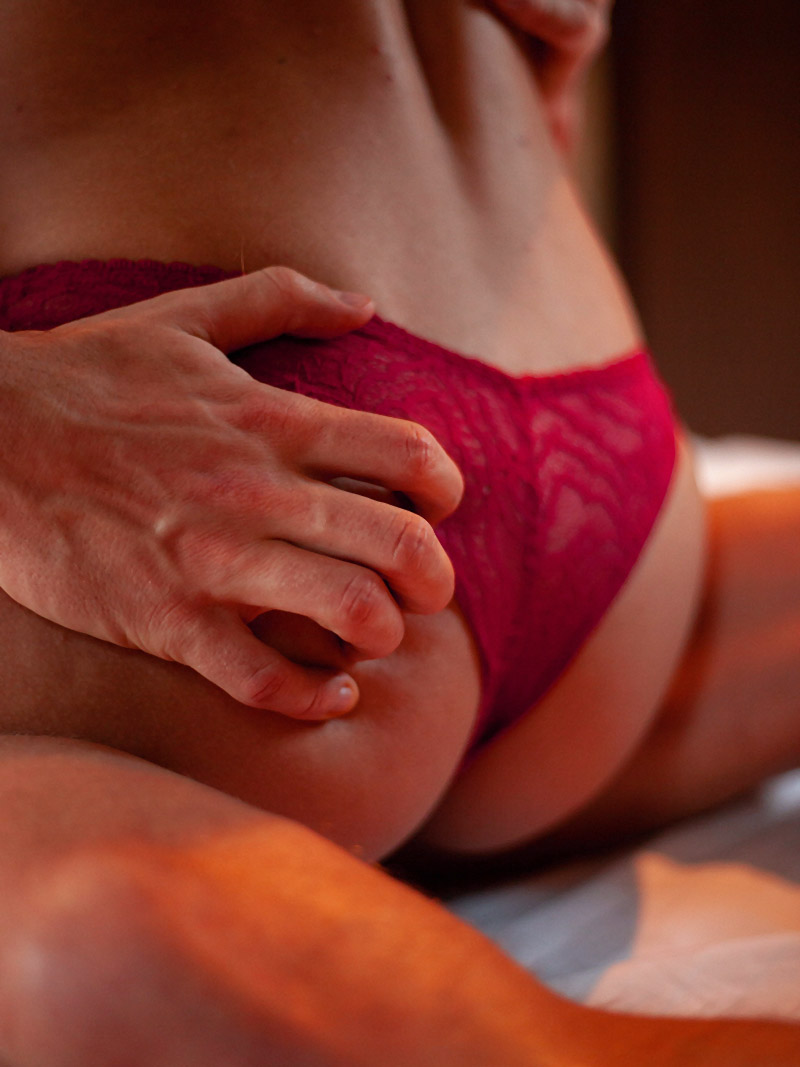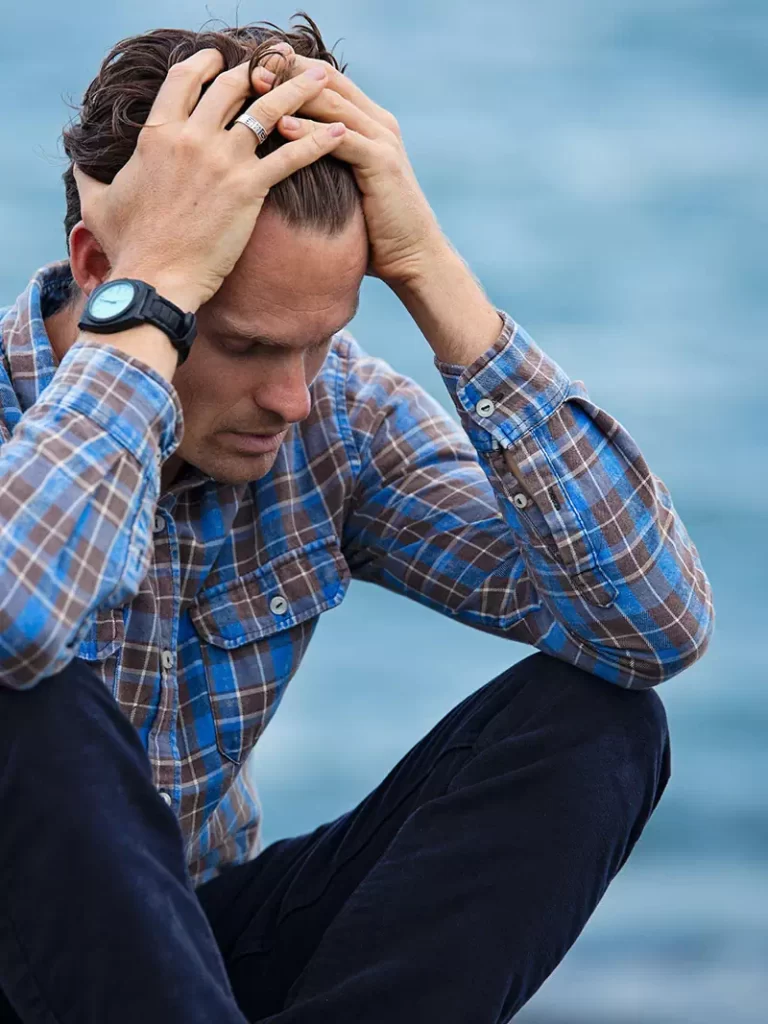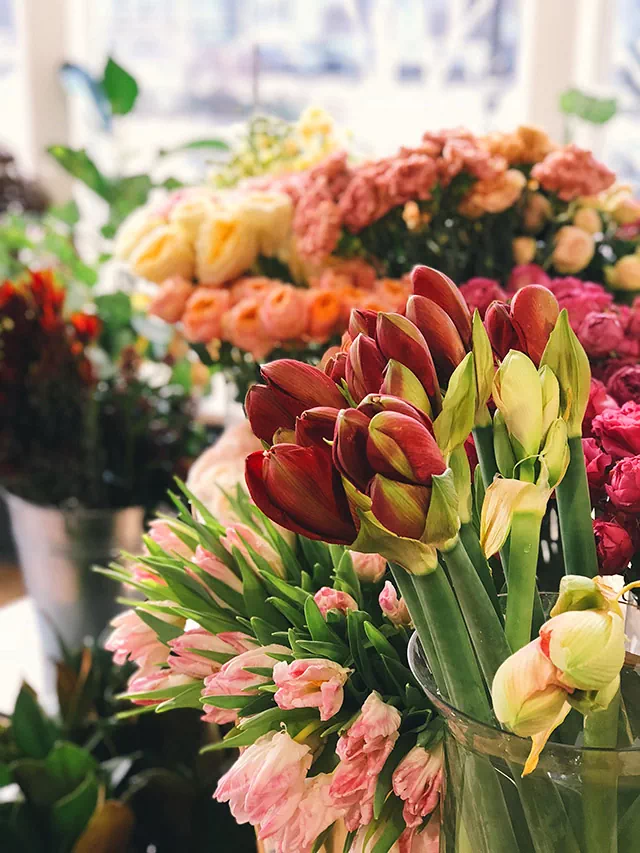Engaging in daily sexual activity, including consecutive and penetrative sex, is not a widespread practice. In fact, only a small percentage of adults, about 4%, participate in this type of activity on a daily basis.
Participating in daily sexual activity with a willing and mutually agreed upon partner poses no inherent risks. However, having sex with multiple partners can increase the risk of contracting STIs. It’s important to note that while sex is a normal and healthy activity, having an excessive desire for it that affects daily life may indicate an underlying medical issue.
Some of the points to consider in case of sex
1. Sex and Happiness
Feeling sexually attracted to your partner and having occasional sexual urges is normal and can be a sign of a healthy and passionate relationship. However, it is important to remember that a fulfilling relationship is not solely based on sexual interactions.

Several forms of intimate touch can provide just as much pleasure as sex does.
- Caressing
- Hugging
- Cuddling
- Kissing
2. Physical and emotional well-being
Having sex every day can be physically demanding and may cause discomfort or injury if the body is not properly prepared or rested. Additionally, it can be emotionally taxing if one partner is not comfortable with the frequency of sexual activity or if it is causing relationship strain.
3. Quality of the sexual relationship
If a couple is having sex every day, but the relationship is unhealthy or the sexual interactions are unsatisfying, it can be detrimental to the relationship. It is important that the sexual interactions are enjoyable and fulfilling for both partners.
4. Comfort and willingness
Both partners should be willing and comfortable with having sex every day. If one partner is not willing or comfortable, it can cause feelings of pressure or resentment.
5. Negative consequences
Having sex every day can lead to negative consequences such as physical discomfort or injury, relationship strain, or feelings of pressure or resentment.
6. Safe sex and contraception
It is important to practice safe sex and use contraception to prevent unwanted pregnancies and STIs. It is crucial to have an open and honest conversation about sexual health and contraception with your partner, especially if you are engaging in sexual activity frequently.
7. Libido
Some people have a higher libido than others and may be comfortable with having sex every day, while others may not have the same level of desire. It is important to find a balance that works for both partners and to communicate openly about their individual needs and desires.
8. Age and health
Factors such as age and overall health can also play a role in how often a person can engage in sexual activity. As people age, their physical abilities and stamina may change, and certain health conditions may affect sexual function. It is important to take these factors into consideration and to consult with a healthcare provider if there are any concerns.
9. Prioritizing self-care
Engaging in sexual activity every day can also lead to neglecting other important aspects of self-care such as exercise, sleep, and mental health. It is essential to take care of oneself and balance sexual activity with other aspects of self-care.
10. Variety
Having sex every day can become monotonous and may lead to a lack of intimacy and excitement in the relationship. It is important to incorporate variety in the sexual interactions to keep things fresh and exciting, and to focus on intimacy and emotional connection.
Having sex every day is not inherently bad, but it is important to consider a variety of factors such as the individual’s physical and emotional well-being, the quality of the sexual relationship, and the willingness and comfort of both partners. It is important to practice safe sex and use contraception, and to communicate openly with your partner about your needs and desires. Additionally, it is important to be mindful of how often you are engaging in sexual activity and to balance it with other aspects of self-care such as exercise, sleep, and mental health. Ultimately, the key is to find a balance that works for both partners and that promotes overall well-being.





















